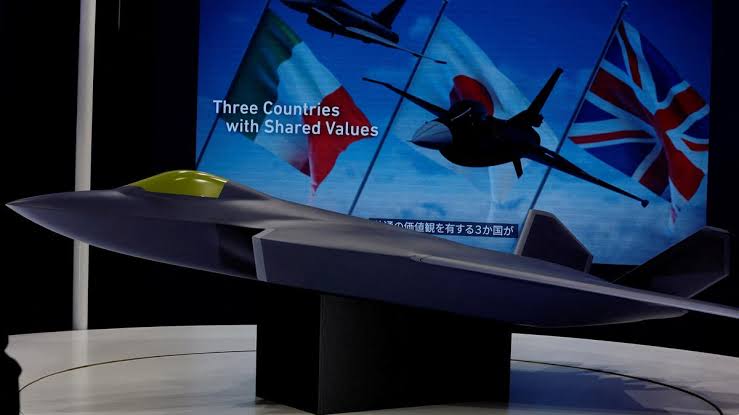Japan may export next-generation fighters?

Japan is set to become able to export next-generation fighter jets developed jointly with Britain and Italy to third countries. Komeito, the junior coalition partner of the ruling Liberal Democratic Party (LDP), had initially shown reluctance toward the move, but accepted the government’s control measures and switched to approval.
Defence equipment export rules that lie at the heart of Japan’s security policy are being changed based on the agreement of the ruling parties alone, and we cannot help but harbour concerns about the lack of sufficient discussions in the Diet.
The export of fighter jets, which have high lethal capacity, could facilitate international conflicts. This is a problem that could go against the pacifism of the Japanese Constitution.
In 2014, the government replaced its traditional three principles on arms exports with the Three Principles on Transfer of Defence Equipment and Technology. Previously it had kept away from weapons exports, but decided to permit such exports if they contributed to peace and Japan’s security.
At the end of last year, the government revised the operational guidelines of the three principles to allow exports of fully built lethal weapons such as surface-to-air missiles to countries that hold the licenses. The latest agreement expands the scope of lethal equipment that can be exported.
Nevertheless, it remains doubtful whether the control measures the government set will work.
It says that for next generation fighters alone, exports will be limited to countries that have formed pacts with Japan on the appropriate management of weapons, among other measures, and that countries currently engaged in fighting will be excluded. Revision of the operational guidelines for the three principles will be made by Cabinet decision, as will each individual export case.
However, it is unclear to which of the 15 countries that have signed pacts with Japan the government intends to export equipment. The government maintains it will not export to countries where fighting is taking place, but there is no guarantee that war will not break out in the future.
Deployment of the next-generation fighters that will succeed the Air Self-Defense Force’s F2 jets is scheduled to begin in 2035. Development was initially decided in 2022 on the premise that completed fighters would not be exported. However, during consultations with the U.K. and Italy, Japan was asked to export the jets as well to lower the cost. The government has explained that if Japan doesn’t comply, it will weaken the country’s position and that the fighters may end up not having the level of performance that Japan seeks.
If that’s true, it is basically admitting to a lack of foresight. The same thing could happen with future joint development projects.
The need to improve network performance is understandable, but Japan is going about things the wrong way to prioritize economic rationality alone and easily bend its principles.
Japan’s status as a peaceful nation is being questioned. It should not be advancing with gradual erosion of rules and principles.
Maniachi



